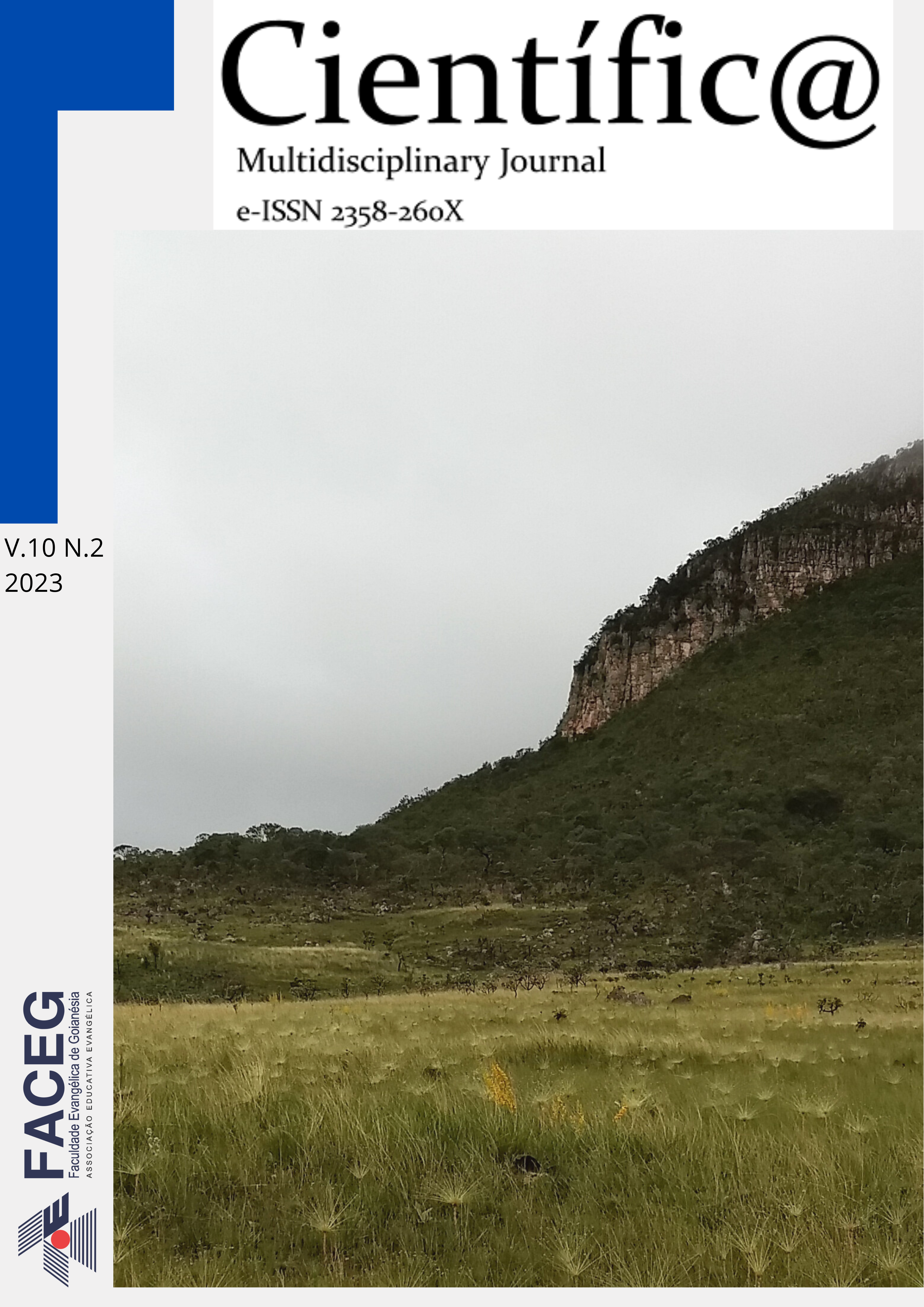SOCIEDADE LIMITADA: AUTONOMIA PATRIMONIAL E CONDUTAS QUE ADMITEM A EXCLUSÃO DE SÓCIO
DOI:
https://doi.org/10.37951/2358-260X.2023v10i2.6967Resumo
No presente artigo tem-se por objetivo o estudo da atual disciplina de dissolução parcial em sociedades limitadas, fundamentada pela exclusão de sócio no direito brasileiro, tendo em vista o impacto da Lei nº 10.406, de 10 de janeiro de 2002 e alterações com a declaração de direitos de liberdade econômica e garantias de livre mercado. Revelou-se importante analisar o tratamento normativo que o Poder Judiciário do Estado de Goiás tem utilizado para definir quais as hipóteses motivadoras para o afastamento de cotista, uma vez que já se encontra pacificado pela doutrina e jurisprudência que a mera quebra da affectio societatis não é suficiente para justificar a exclusão de um sócio, sendo necessária justa causa, caracterizada por conduta grave que prejudique diretamente a continuidade da atividade social. A produção foi orientada pelos métodos dialético e hipotético dedutivo, metodologia de pesquisa qualitativa e técnicas de estudos em fontes primárias e secundárias, também, bibliográficas do direito, o que permitiu análise e interpretação de leis, doutrinas e julgados recentes. O estudo evidenciou que diante da ausência de rol taxativo para se verificar ações que prejudiquem o prosseguimento regular da atividade empresarial torna-se necessária a averiguação de provas que possam dar segurança nas decisões e, assim, averiguar condutas como ausência de cooperação e lealdade, abandono da sociedade e gestão temerária, descumprimento de obrigações e falta de prestação de contas etc., podendo ocasionar violação grave dos deveres sociais que justifiquem a exclusão de determinado investidor, o que gera sérios conflitos de modo a inviabilizar o negócio e impedir a longevidade empresarial.
Downloads
Publicado
Como Citar
Edição
Seção
Licença
Esta revista oferece acesso livre imediato ao seu conteúdo, seguindo o princípio de que disponibilizar gratuitamente o conhecimento científico ao público proporciona maior democratização mundial do conhecimento.
A partir da publicação realizada na revista os autores possuem copyright e direitos de publicação de seus artigos sem restrições.
A Revista Científic@ - Multidisciplinary Journal segue os preceitos legais da licença Creative Commons - Atribuição-NãoComercial 4.0 Internacional. 

